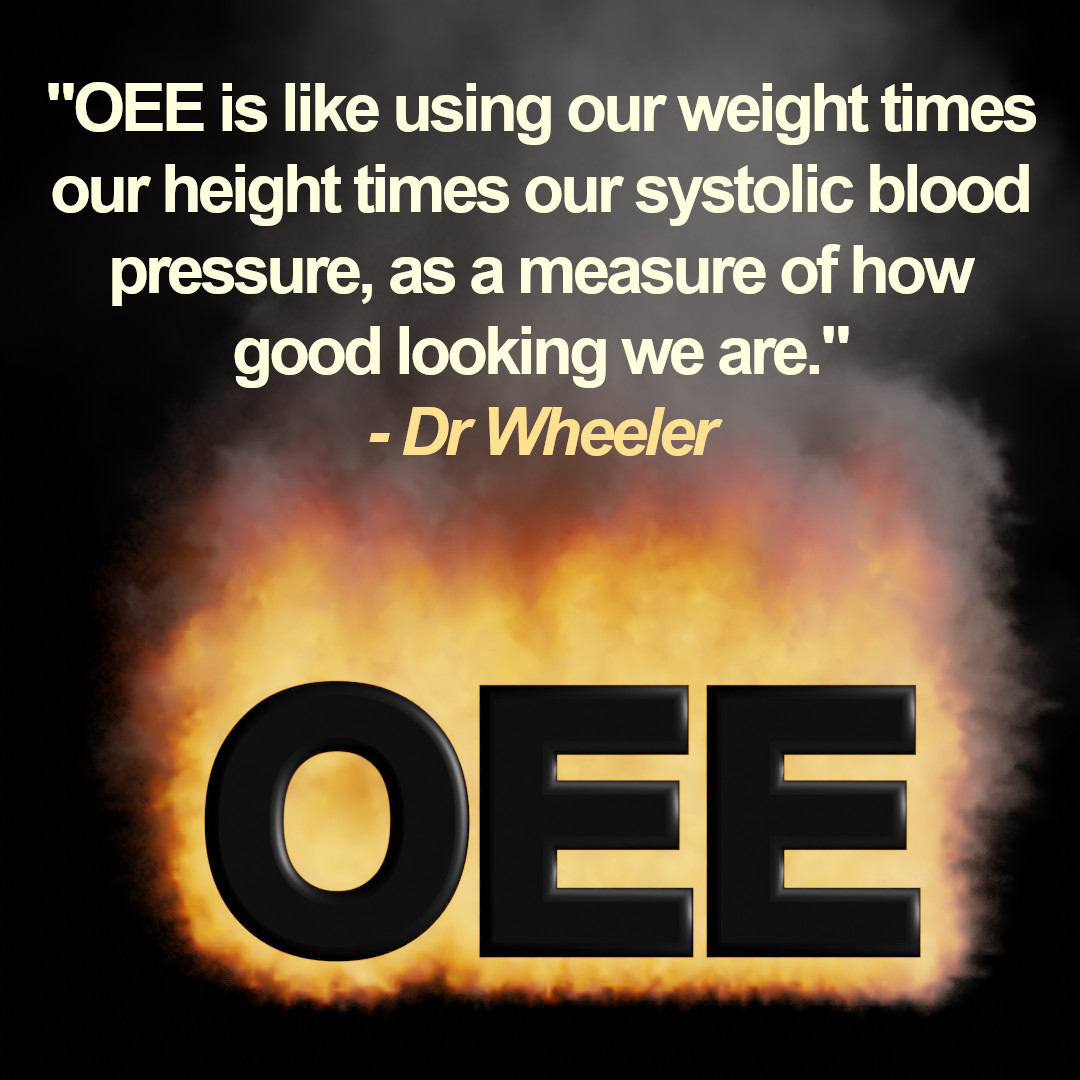

ME: “Professor Deming’s Operational Definition”.
MANAGER: “What does that mean?”
ME: “Step 1. What are you trying to achieve?”
MANAGER: “I want to know that I am producing good quality, and that I’m getting the most out of my equipment.”
ME: “Step 2. By what means will you know that you are producing good quality?”
MANAGER: “By using a Process Behavior Chart I suppose”.
ME: “Correct. A Process Behavior Chart will indicate whether your product is good quality, that is, on target with minimum variance. Ideally you should chart the key measured variable. Counting “good” vs “bad” was the 1870 approach to quality with the invention of go-no/go gauges. By what means will you know that you are getting the most out of your equipment?”
MANAGER: “By measuring the amount of time my equipment is idle per shift.”
ME: “What will you do with that data?”
MANAGER: “I get it. I should use a Process Behavior Chart, XmR I suppose, for that as well. I will be able to tell if something abnormal has happened and that we should immediately attend to it.”
ME: “Easy isn’t it? If your machines run continuously, you might even keep track of time between stoppages. The final step in the Operational definition is how will you know you have achieved what you want?”
MANAGER: “Of Course. Processes Predictable”.
Dr Wheeler: "OEE is like using our weight times our height times our systolic blood pressure, as a measure of how good looking we are." ... and Dr Wheeler describes this post as "Nice!"
OEE means “Overall Equipment Effectiveness”
 by Dr Tony Burns BE (Hon 1) PhD (Chem Eng)
by Dr Tony Burns BE (Hon 1) PhD (Chem Eng)